In today’s digital world, customers expect to interact with businesses across multiple channels and platforms. Whether it’s on websites, social media, email, or messaging apps, customers want to have a seamless and consistent customer service experience. However, providing such a level of service can be challenging and costly for many businesses, especially when dealing with high volumes of queries and requests.
That’s where AI chatbots come in. AI chatbots are automated software agents that can simulate human conversations and provide instant and accurate responses to customers’ questions and needs. By implementing AI chatbots for multi-channel engagement, businesses can ensure a high-quality customer service regardless of the platform, while saving time and money, and increasing customer satisfaction and loyalty.
But how can you implement AI chatbots for multi-channel engagement effectively? What are the benefits and challenges of using AI chatbots across different platforms? And what are the future trends and opportunities in this field?
In this blog post, we will answer these questions and more, and show you how Nexum Media Group can help you create and integrate AI chatbots for multi-channel engagement that suit your specific needs and goals.
Benefits of Multi-Channel AI Chatbots
Implementing AI chatbots for multi-channel engagement can bring many benefits to your business, such as:
1. Consistent Service: AI chatbots can provide a uniform and coherent customer experience across various channels and platforms, such as websites, social media, email, and messaging apps. This way, customers can get the same information and assistance no matter where they contact you and avoid any confusion or frustration.
2. Increased Reach: By engaging customers on their preferred platforms and channels, you can reach a broader and more diverse audience and enhance your brand awareness and reputation. You can also tap into new markets and segments and attract more potential customers.
3. Efficient Resource Utilization: Multi-channel AI chatbots can handle multiple queries and requests on different platforms simultaneously, reducing the workload and pressure on your human agents, and optimizing your resource use. You can also save on operational costs, such as hiring, training, and maintaining staff, and increase your productivity and profitability.
Applications of Multi-Channel AI Chatbots
AI chatbots can be integrated into various platforms and channels, depending on your business objectives and customer preferences. Some of the common applications of multi-channel AI chatbots are:
Websites: AI chatbots can be embedded into your website and provide instant and personalized responses to visitors’ queries and needs. They can also guide visitors through your website, offer recommendations, and encourage conversions and sales.
Social media: AI chatbots can be integrated into your social media platforms, such as Facebook and Twitter, and engage with your followers and fans. They can also monitor and respond to comments and messages, share relevant content, and generate leads and referrals.
Email: AI chatbots can be used to automate your email marketing campaigns and send personalized and timely emails to your subscribers and customers. They can also follow up on leads, confirm orders, send reminders, and collect feedback.
Messaging Apps: AI chatbots can be connected to your messaging apps, such as WhatsApp and Messenger, and communicate with your customers in a more casual and conversational way. They can also provide quick and convenient support, send notifications and updates, and facilitate transactions and payments.
For instance, a customer can start a conversation with your AI chatbot on your website and get information about your products or services. Then, they can continue the conversation seamlessly on a messaging app and place an order or book an appointment. The AI chatbot can then send a confirmation email and follow up with a satisfaction survey.
Implementing Multi-Channel AI Chatbots
To implement AI chatbots for multi-channel engagement successfully, you need to follow some best practices, such as:
Selecting the Right Platforms: You need to choose the platforms and channels that are most relevant and suitable for your business and your customers. You need to consider factors such as your target audience, your industry, your goals, and your budget.
Ensuring Seamless Integration: You need to ensure that your AI chatbots are integrated seamlessly into your existing platforms and channels, and that they can communicate and exchange data with each other. You also need to ensure that your AI chatbots are compatible and responsive with different devices and browsers.
Training the AI Chatbot: You need to train your AI chatbot to handle queries and requests specific to each platform and channel, and to provide appropriate and consistent responses. You need to use natural language processing (NLP) and machine learning (ML) techniques to enable your AI chatbot to understand and generate natural language, and to learn and improve from its interactions.
Monitoring Performance and Gathering Feedback: You need to monitor and measure the performance and effectiveness of your AI chatbots across different platforms and channels and collect feedback from your customers and agents. You need to use analytics and metrics to evaluate and optimize your AI chatbots’ accuracy, speed, reliability, and customer satisfaction.
Future Trends in Multi-Channel AI Chatbots
As technology evolves, AI chatbots for multi-channel engagement will become even more advanced and sophisticated, enabling more human-like and engaging interactions, and a better understanding of customer needs and contexts. Some of the future trends and opportunities that you should watch out for are:
Voice and Video Chatbots: AI chatbots will be able to communicate with customers through voice and video, using voice recognition, synthesis, and emotion detection, to create more natural and immersive conversations.
Conversational AI: AI chatbots will be able to handle more complex and diverse conversations, using natural language understanding, generation, and dialogue management, to provide more relevant and contextual responses.
Self-Learning AI Chatbots: AI chatbots will be able to learn from their own interactions and feedback, using reinforcement learning and deep learning, to improve their performance and adapt to customer preferences.
Multilingual AI Chatbots: AI chatbots will be able to communicate with customers in multiple languages, using translation and localization, to cater to a global and diverse audience.
As AI chatbots become more integrated into customer service strategies, they will offer more value and satisfaction to customers and businesses alike.
Conclusion
AI chatbots are a powerful solution for improving customer service and driving business growth. However, creating engaging and effective AI chatbots is not a simple task. It requires a clear strategy, a reliable partner, and a solution that is tailored to your specific needs.
At Nexum Media Group, we are experts in AI chatbots. We help our clients optimize their processes, enhance their performance, and achieve their goals. Whether you want to create AI chatbots for your website, social media, email, or any other channel, we have the solution that you need.
Contact us today to find out how our AI chatbot solutions can transform your organization and propel you to success in the digital age. Together, let’s unleash the full potential of AI chatbots and shape the future of business solutions.



